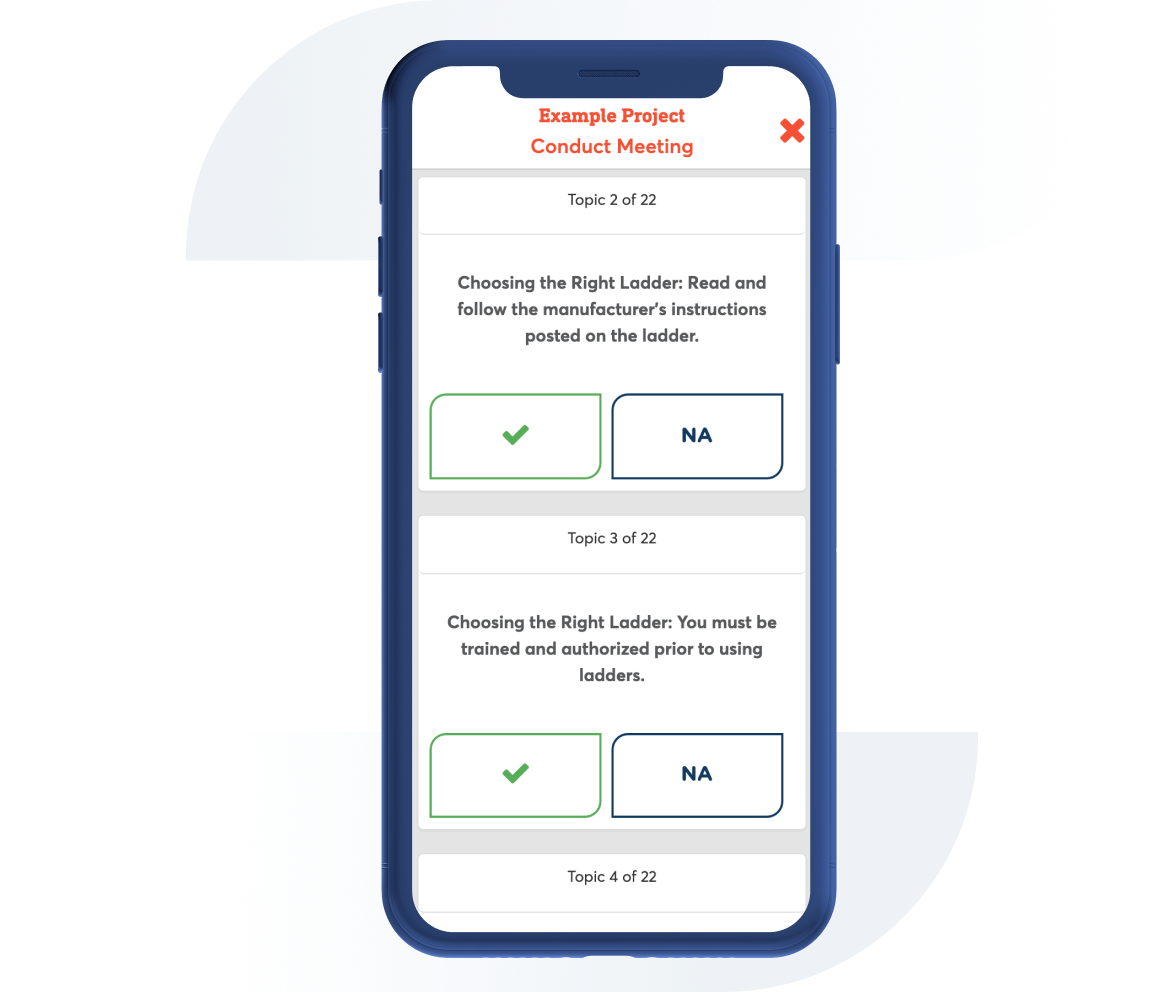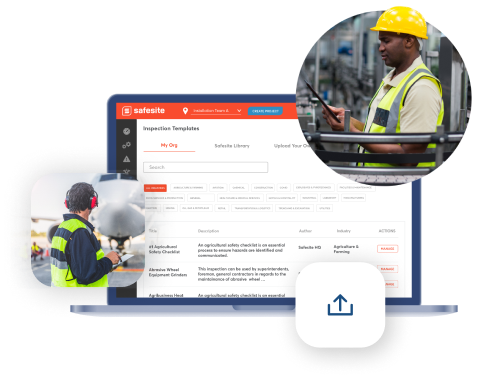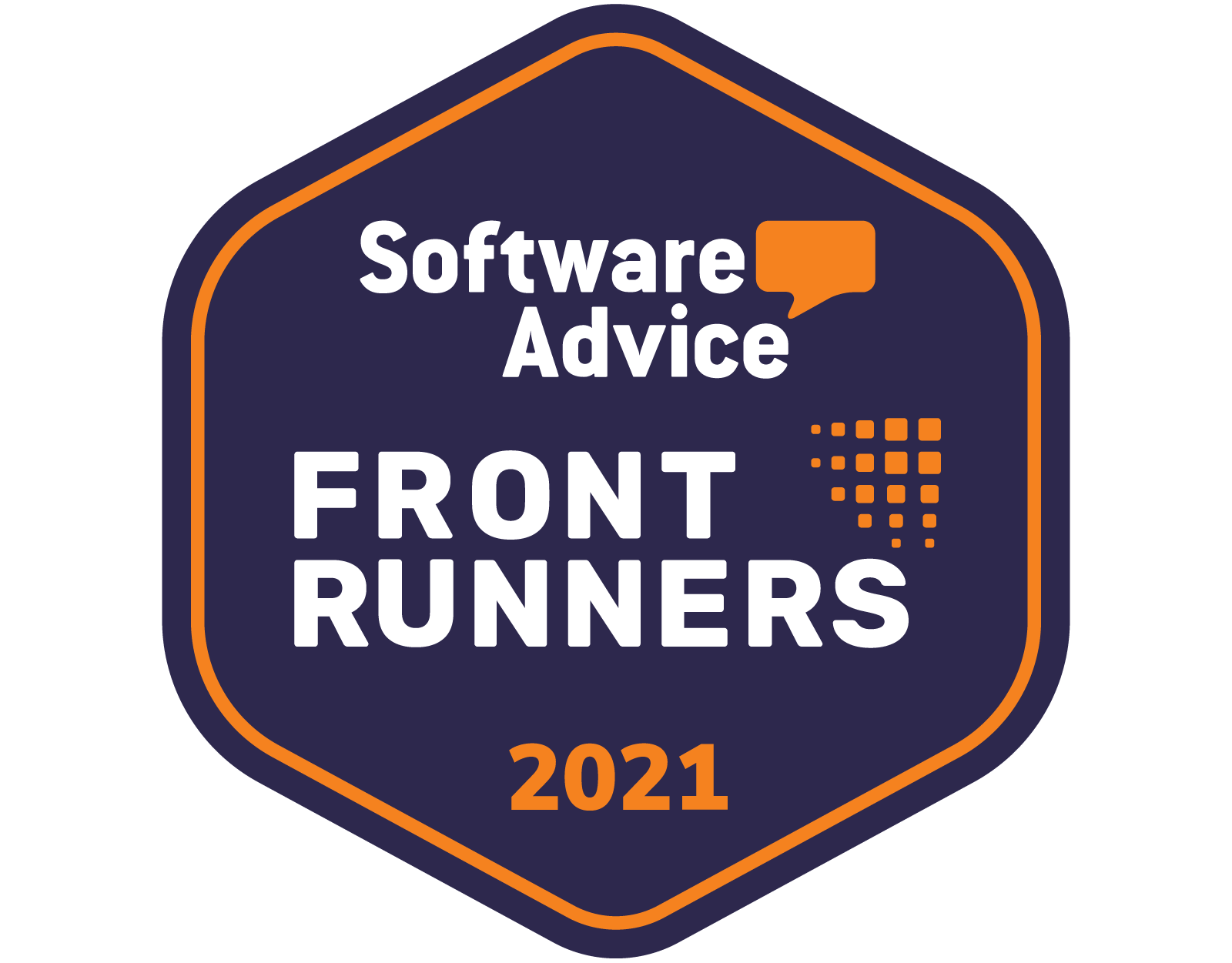Cleaning Up Incidental Spills to Prevent Slip Hazards.
Contributor: Safesite HQ 2 Jurisdiction: General
Use this safety meeting to discuss cleaning up small spills, or "incidental spills", in the workplace. Before starting this meeting, also bring a copy of your environmental plan on what types of clean...

1. Spills at our workplace can cause slip hazards but may also cause environmental hazards. This safety meeting will discuss "incidental spills", which are typically on a smaller scale and would not be life threatening.
2. An "incidental spill" is hazardous, but limited in quantity, potential exposure, and toxicity. The threat of the safety or health of employees would be minor and the clean up process would not create an emergency response.
3. Use appropriate materials to clean up spills. The most effective materials to use are absorbent pads, granular types, and absorbent booms.
4. Ensure that the type of absorbent material used is correct for the type of spill being cleaned up. Check your SDS documentation and alert employees of any specific requirements.
5. All spill kits and absorbent material should be well placed to quickly clean up spills. It is as important that all employees know where spill kits are located.
6. While spills can't always be avoided, there are ways to try to prevent them from happening in the first place.
7. Wherever you store chemicals, ensure it is stable, not overcrowded, and chemicals are at eye height. Use containment platforms underneath pallets of drums or buckets, and containment pans where bulk tanks are located. A visual inspection of containment areas should be completed regularly.
8. When working on equipment, use drip pans to collect chemicals that may leak out. Using pans will avoid the potential for a large spill and the use of absorbents.
9. If you do experience a spill it is important to clean it up quickly, but use the amount of absorbent material necessary for the job. For a small spill of a 20 oz bottle of oil, a full bag of absorbent granules would not be necessary. Use a smaller amount of material to absorb the spill, or use a small absorbent pad.
10. For larger spills, use an oil boom, or surround the spill with granular type, to dike the spill and prevent it from spreading.
11. Typically when using granules, cover the affected area to soak up the spill and sweep into a pile. Clean up by using a broom and dustpan and dispose according to your company's environmental plan. Some granule manufacturers may recommend a fresh patch of granules on the affected area to continue absorbing the spill.
12. Never push material or absorbents into drains. Do not mix absorbents that contain hazardous waste with material that is non-hazardous. Always dispose of your absorbent materials specified by your company's environmental plan.
13. In the case of an emergency spill under HAZWOPER, you should alert your safety and health contact within your company to immediately start the Emergency Action Plan for hazardous material release.
14. In what ways do you use chemicals at work? Do you know where your spill kits are located to effectively clean up potential spills?
Additional Comments

Can't find what you are looking for?
